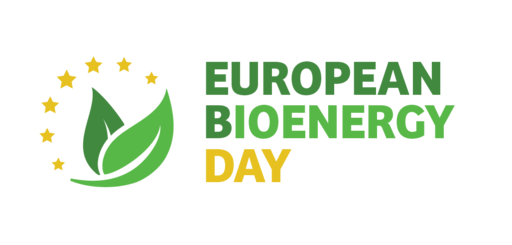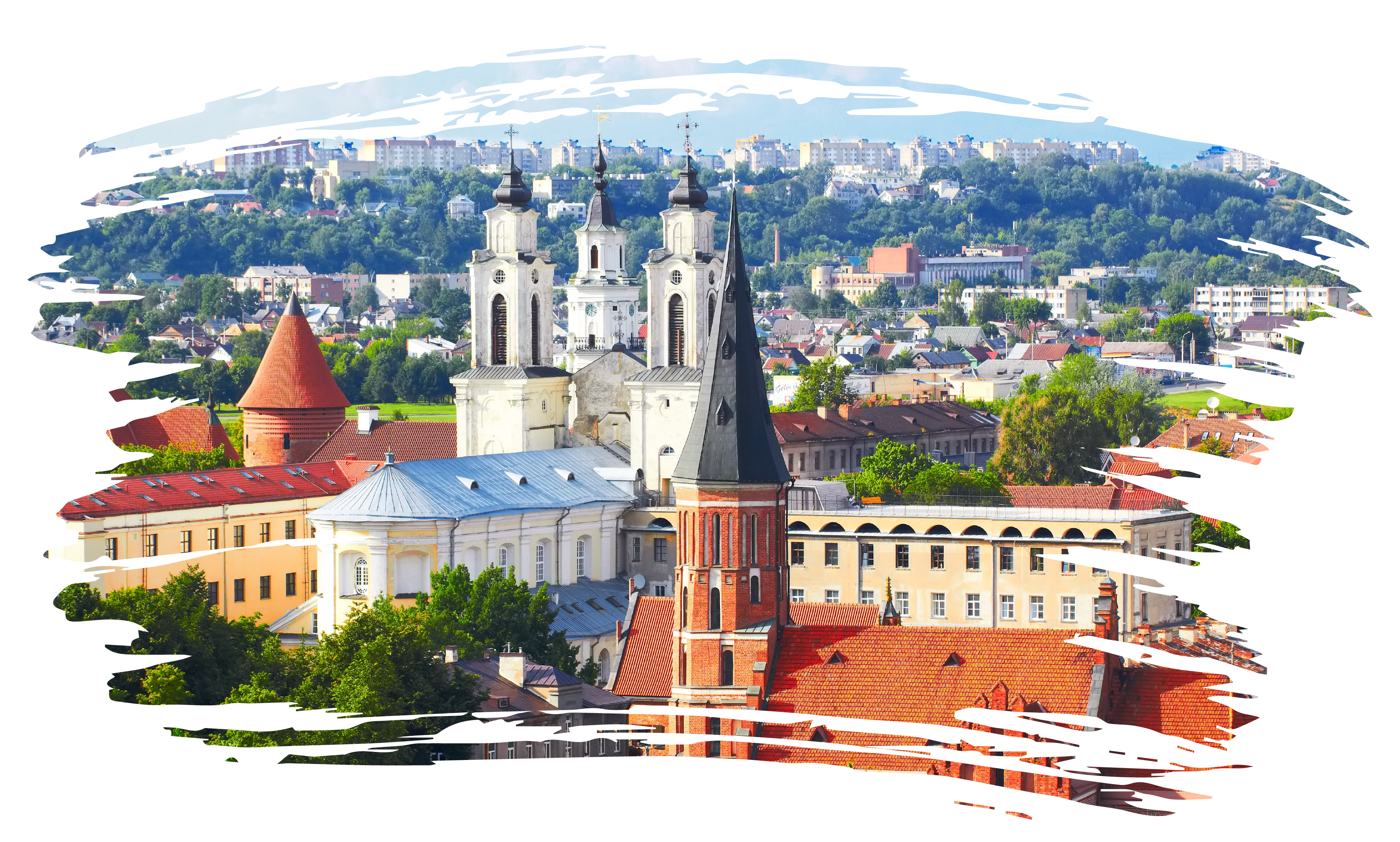Lithuania and its 3 million inhabitants were heavily dependent on natural gas imports from Russia. In 2004, Lithuania became a member of the EU. The country paid the highest price in the EU for imported gas — a price that was artificially high for political reasons. However, many local biomass resources have been (and remain) available.
From 2000 to 2022, the use of biomass in the district heating sector increased from 2% to 75%, mainly replacing imported gas in district heating. Currently, 75% of district heat is produced from biofuels, and around 80% of households and a third of industry use biomass fuels. Biomass is not just a local and renewable resource; it is also strategically important for meeting Lithuania’s energy needs. Overall, one of the main reasons for the growth of the Lithuanian bioenergy sector is enormous renewable energy resources. Forests cover 2.205.100 ha (33,7%) of Lithuanian land.
The transition from imported gas to local biomass fuel not only resulted in a cost reduction for consumers but also a decrease in CO2 emissions by 70%. This has also had beneficial effects on the economy because approximately 10.000 people work for biomass-related companies, including technology providers, bioenergy producers or biomass suppliers. The average salary in this sector is about 1,5 times higher than the average salary in Lithuania. The annual turnover of this sector is more than 400 million euros.
Over the years, LITBIOMA, the Lithuanian Biomass Energy Association, has initiated studies exploring the biomass potential in Lithuania. In 2014, LITBIOMA founded the Scientific and Technical Council, which comprises 12 scientists. The primary purpose of this Council is to form a long-term strategy and to solve questions that require scientific research and knowledge.
The trade of wood chip and pellet products takes place in the form of energy exchange, a unique system in Europe. The trading is organized under clearly defined and transparent exchange rules. LITBIOMA is the National Licenser of ENplus® wood pellet quality certification scheme and National Partner of Sustainable Resources Verification Scheme (SURE).
Cogeneration is also becoming more widely used in Lithuania. Its combined heat and power (CHP) process is crucial to ensure lower CO2 gas emissions and a smooth decarbonization process in the country. The Vilnius CHP plant will be operational from the 2022–2023 heating season and will ensure that at least 90% of the heat in the Lithuanian capital, Vilnius, will be produced using biomass. The Vilnius CHP plant will provide around 40% of the capital’s district heating and will reduce the cost of heat for the capital’s residents while at the same time reducing the amount of waste disposed of in landfills. The plant’s opening marks a new milestone in Lithuania’s energy sector.
The success story of Lithuania shows that biomass energy is crucial to the country’s energy independence.

CHP plants allow heat and power to be generated simultaneously and to use both forms of energy, thus achieving greater efficiency. CHP plants can save up to 40% of primary energy sources.
Here are some key facts about the Vilnius CHP plant:
![]() It plant substitutes Russian gas in its capacity and allows a lower heating bill to citizens.
It plant substitutes Russian gas in its capacity and allows a lower heating bill to citizens.
![]() The plant will supply heat to over 230.000 households (40–45% of the city of Vilnius)
The plant will supply heat to over 230.000 households (40–45% of the city of Vilnius)
![]() The plant will use local and renewable energy sources and generate local power and heat, which increases the national energy independence.
The plant will use local and renewable energy sources and generate local power and heat, which increases the national energy independence.
![]() Waste will be managed in line with the hierarchy established by the European Union, with the aim of minimising landfilling and maximising beneficial use of waste.
Waste will be managed in line with the hierarchy established by the European Union, with the aim of minimising landfilling and maximising beneficial use of waste.
About the campaign
The campaign is powered by Bioenergy Europe and relayed across Europe by both national and international partners supporting the belief that bioenergy is more than a renewable energy source, it is also a reliable path that will lead Europe to achieve its renewable energy transition in the shortest span of time.


